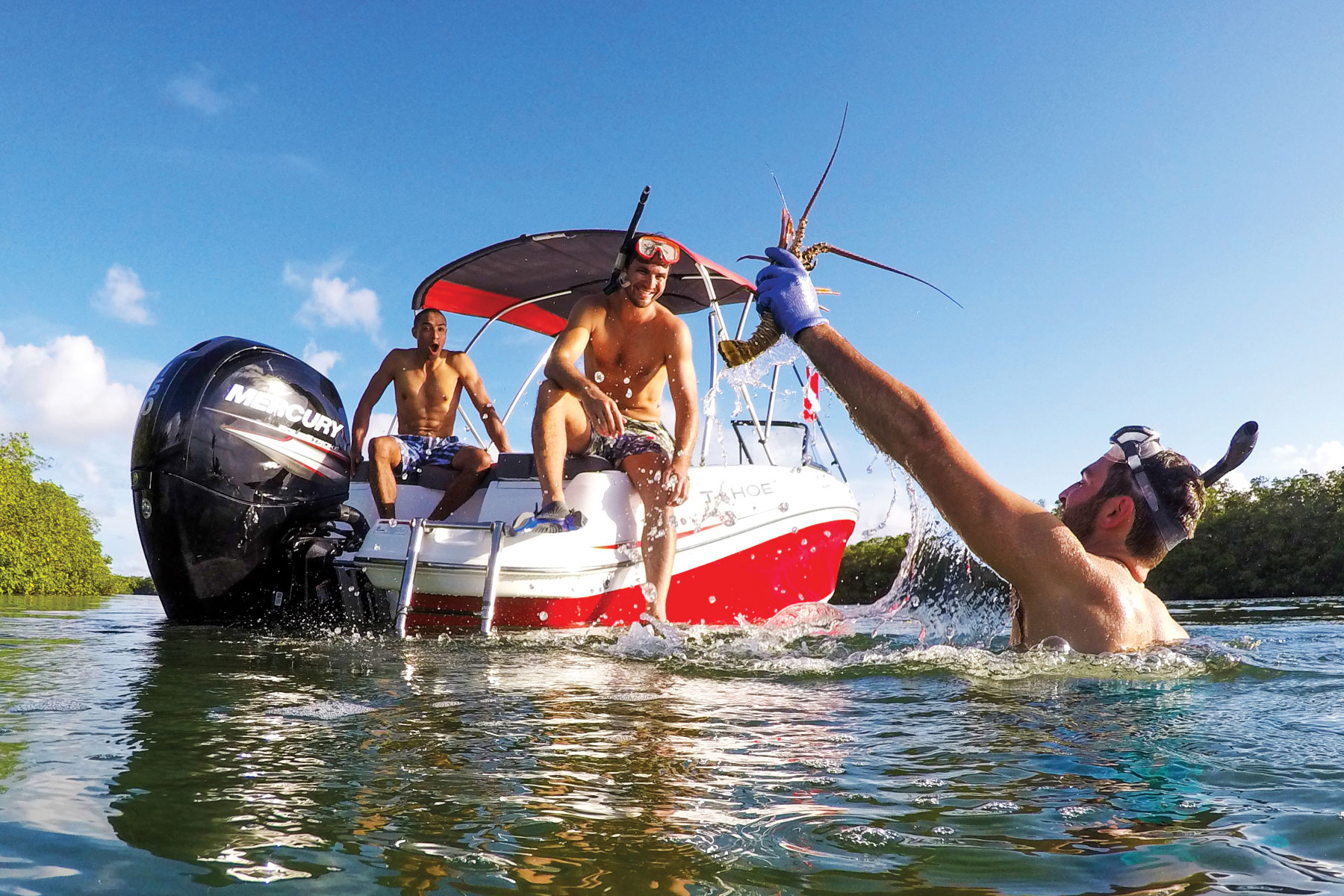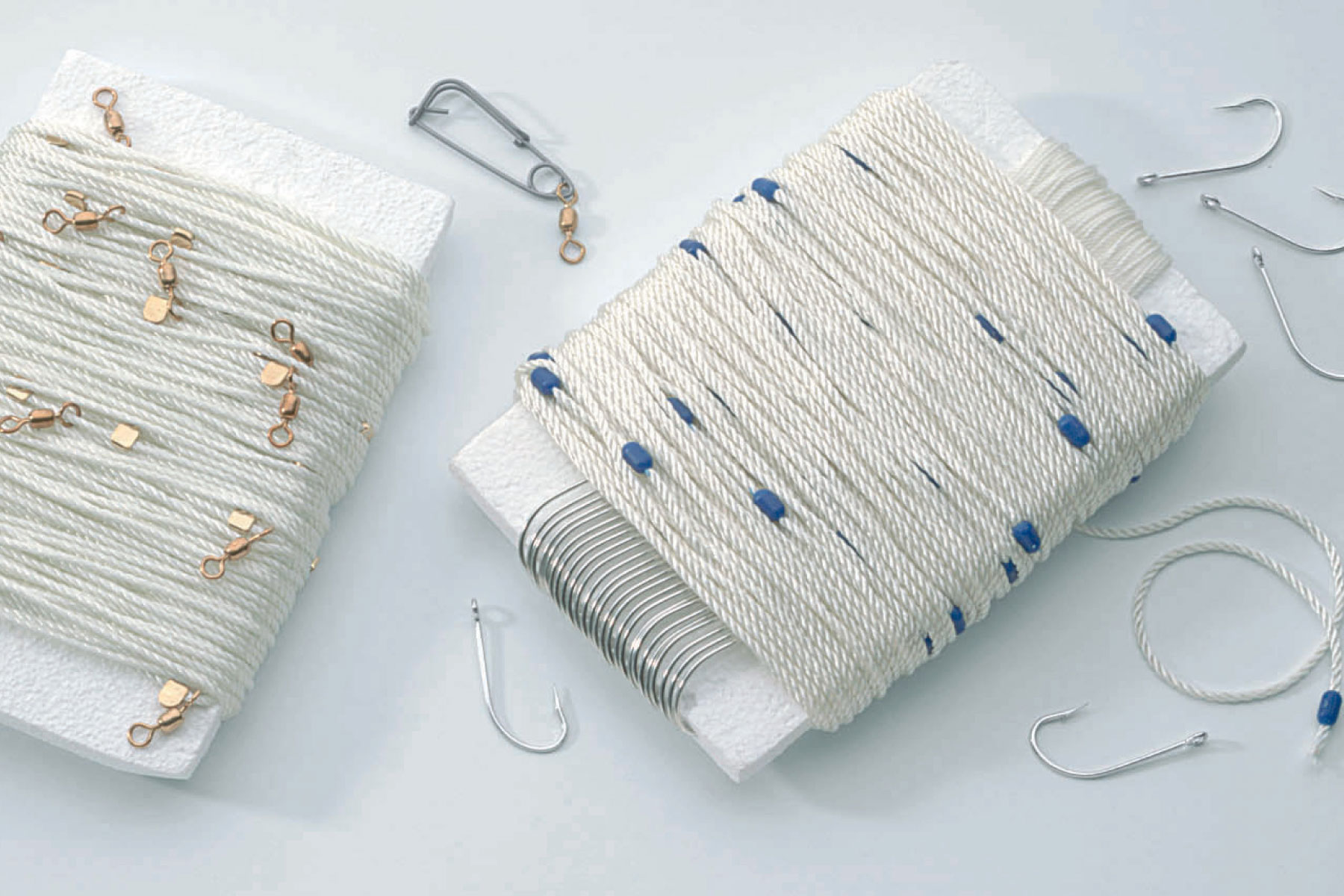Top species: Everything from sunfish to catfish, but mostly those two categories.
Availability: Commercially available year-round, but most plentiful during warmer months when fish are more prone to eat them as a meal.
Where to keep it: The good old-fashioned coffee can works as well today as it did for your grandad. You can also use the container sold with the worms.
Best rigs: Use finger-thick Canadian crawlers for walleye and bass; tiny red wigglers are perfect for bluegill and other sunfish. Rig those on an old-fashioned hook and bobber; use the crawlers on in-line walleye rigs.



